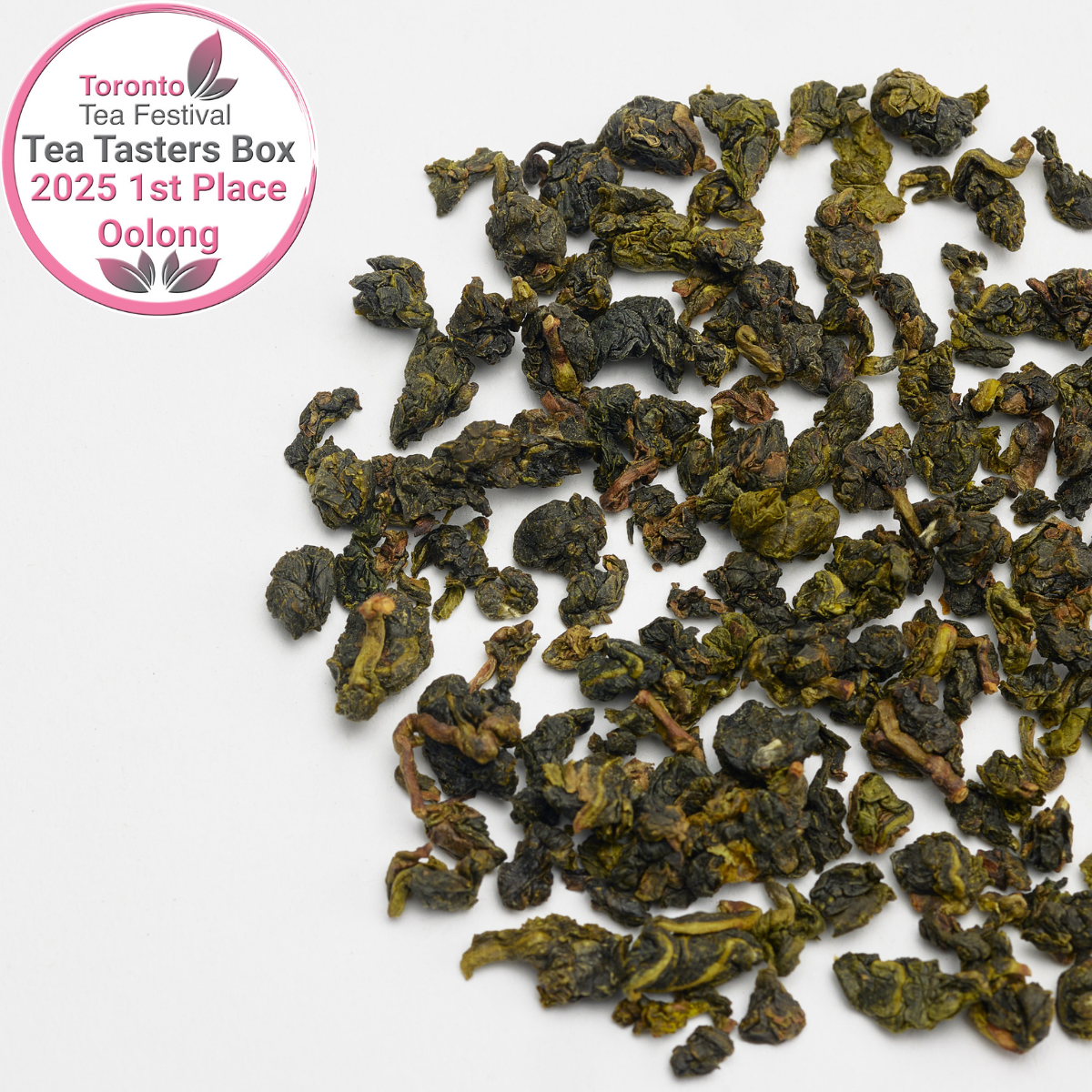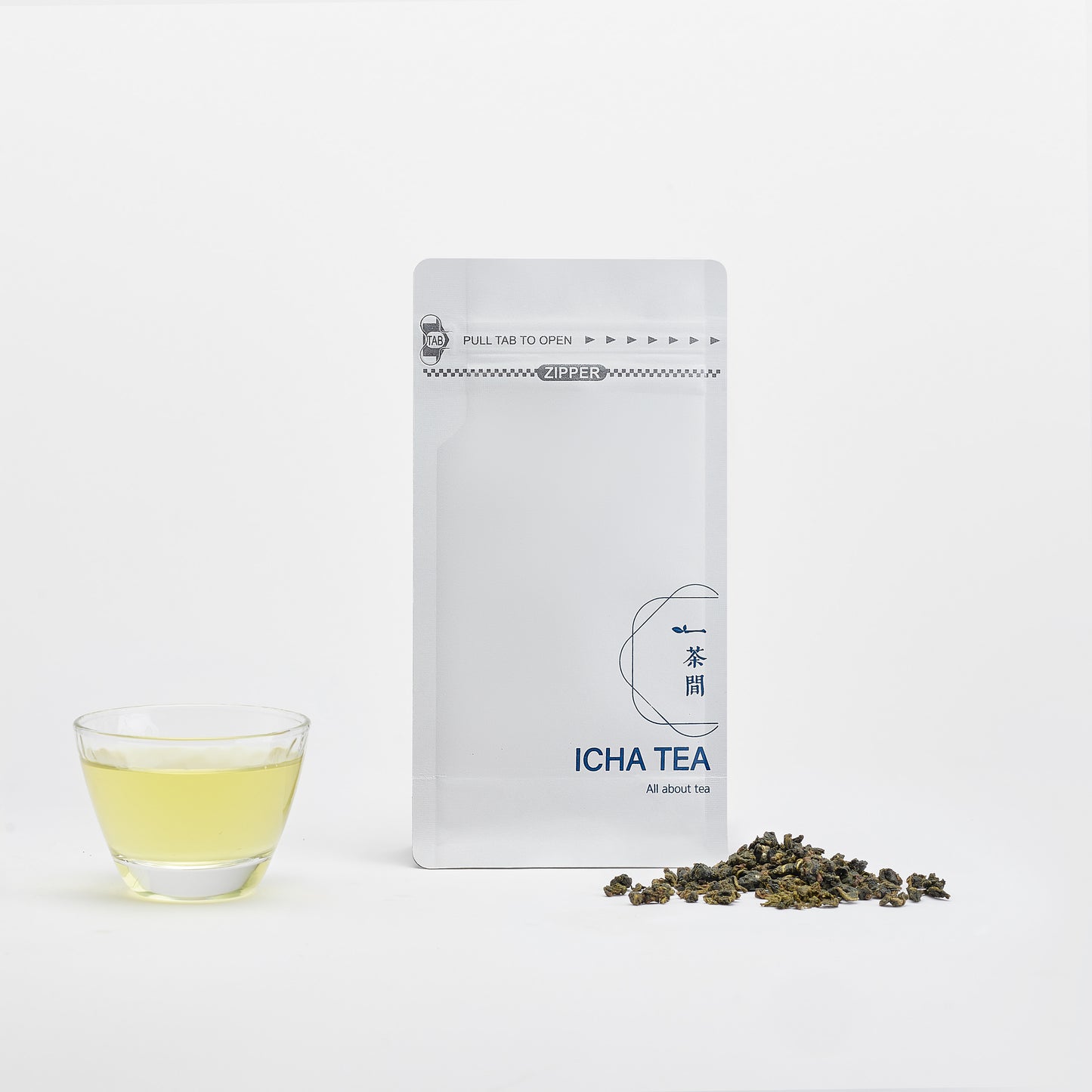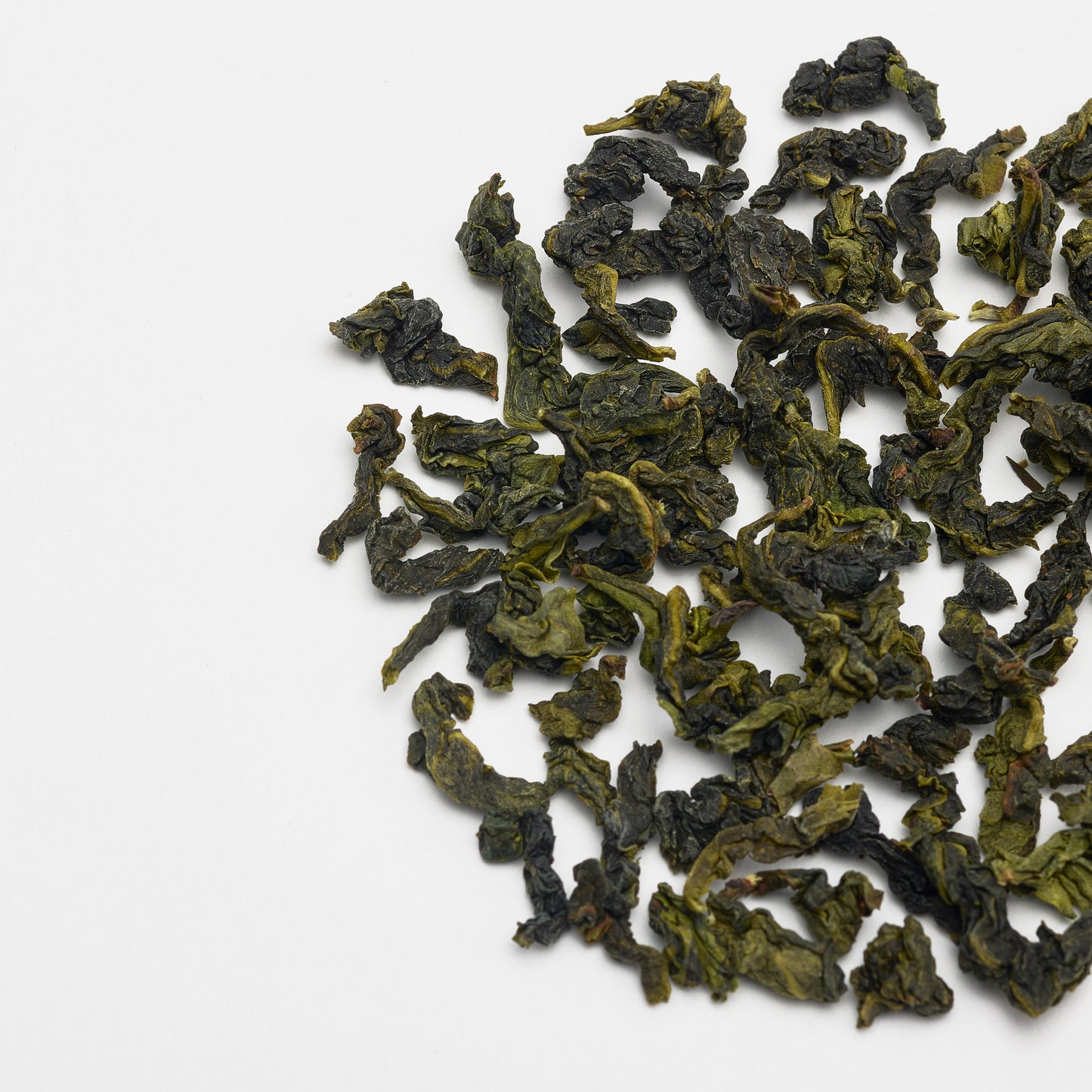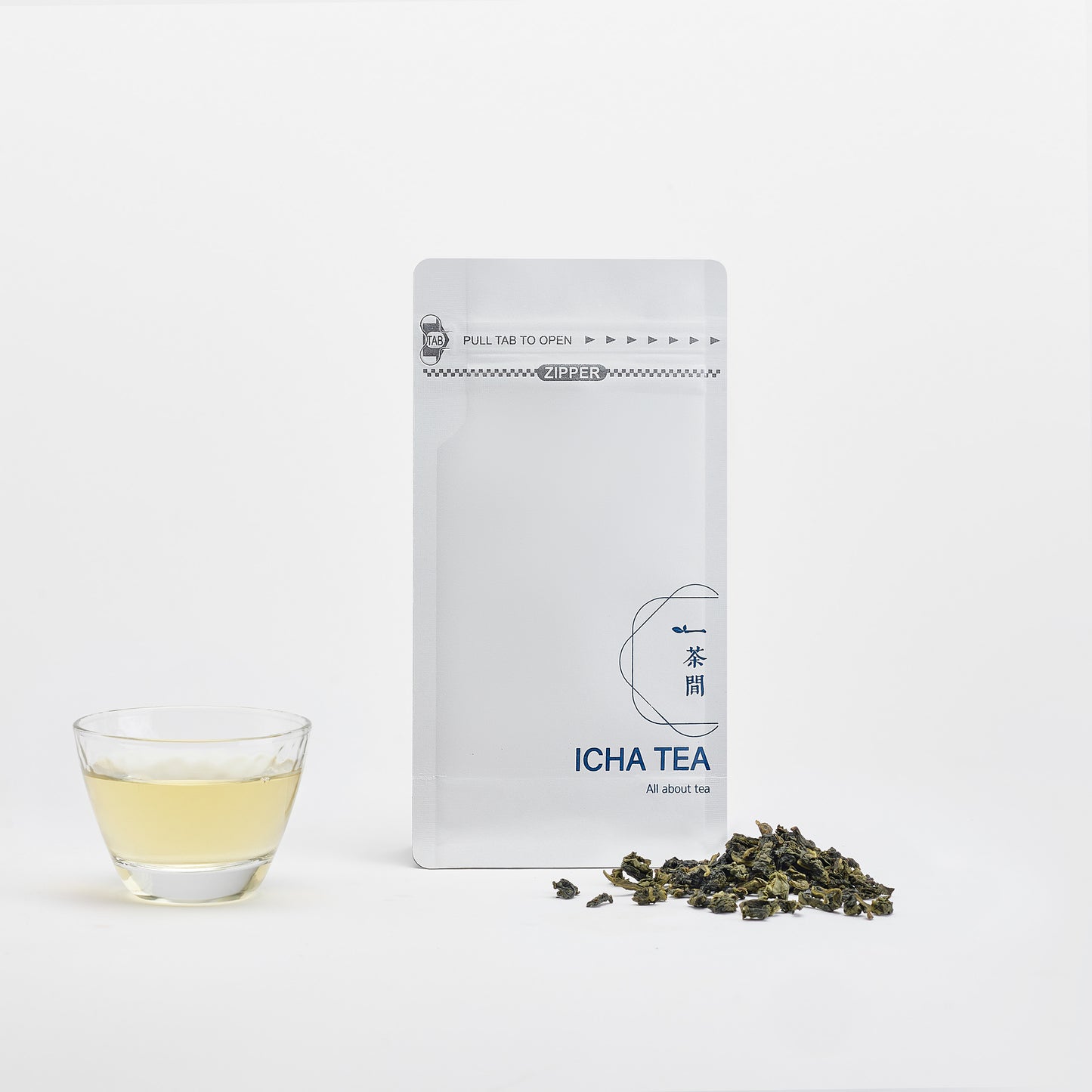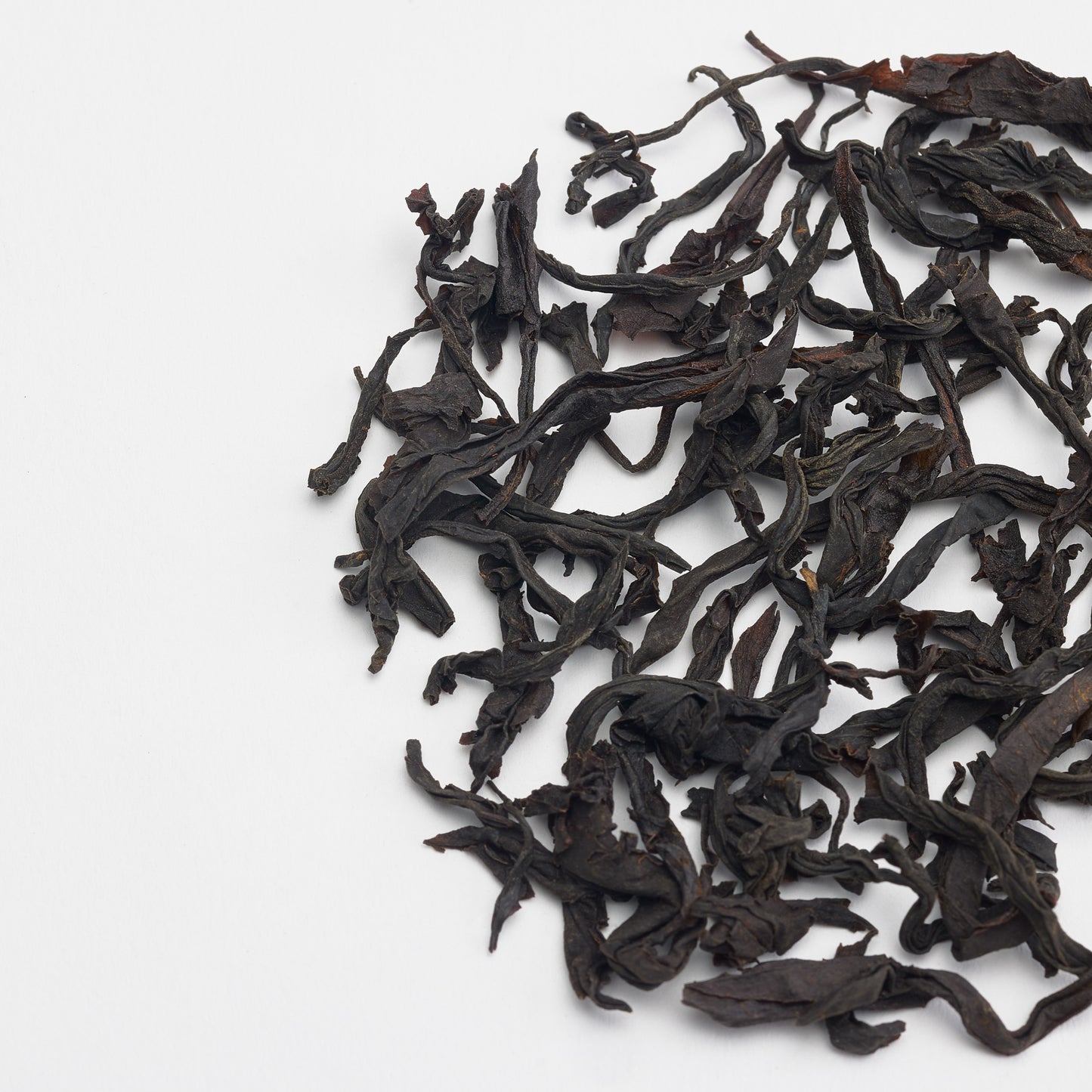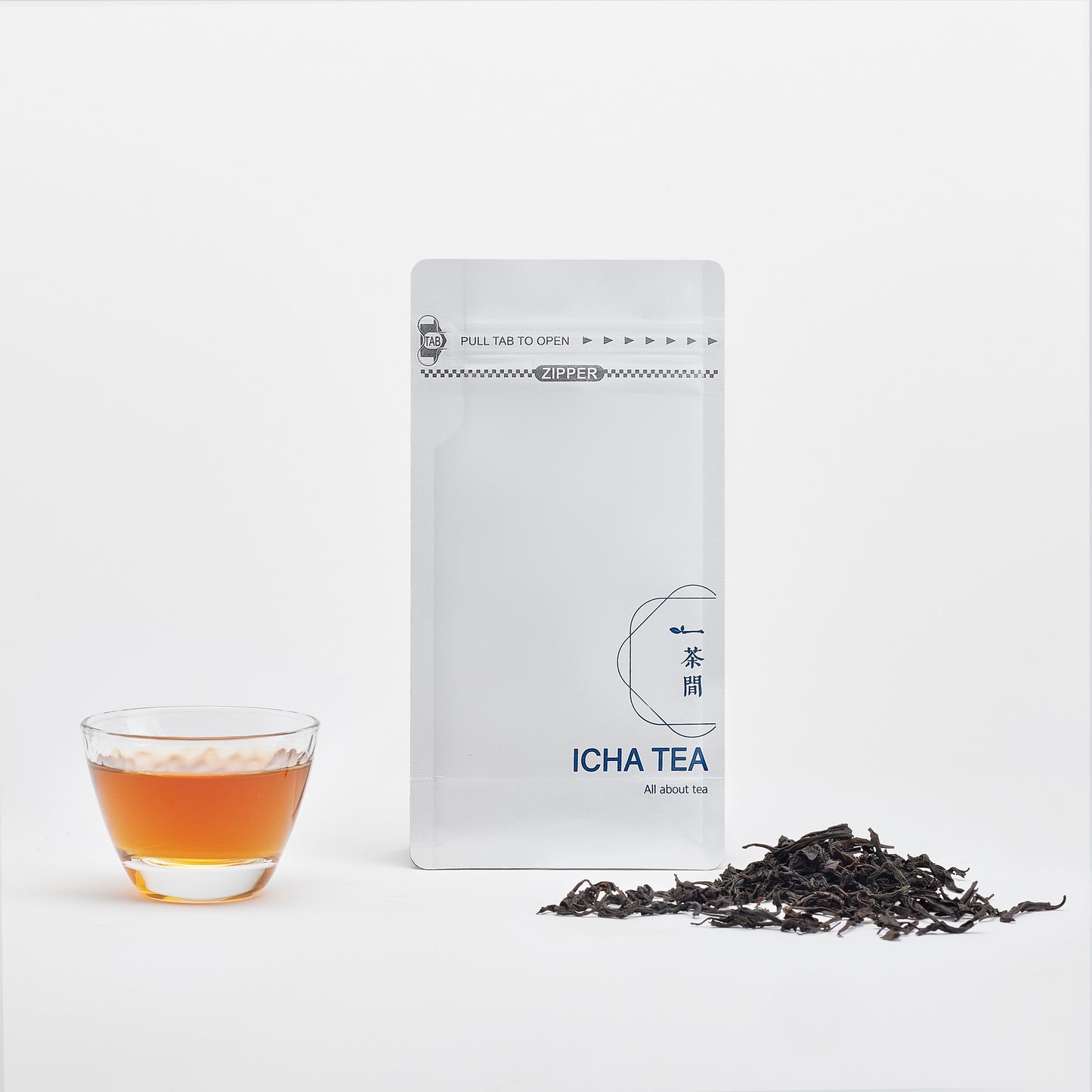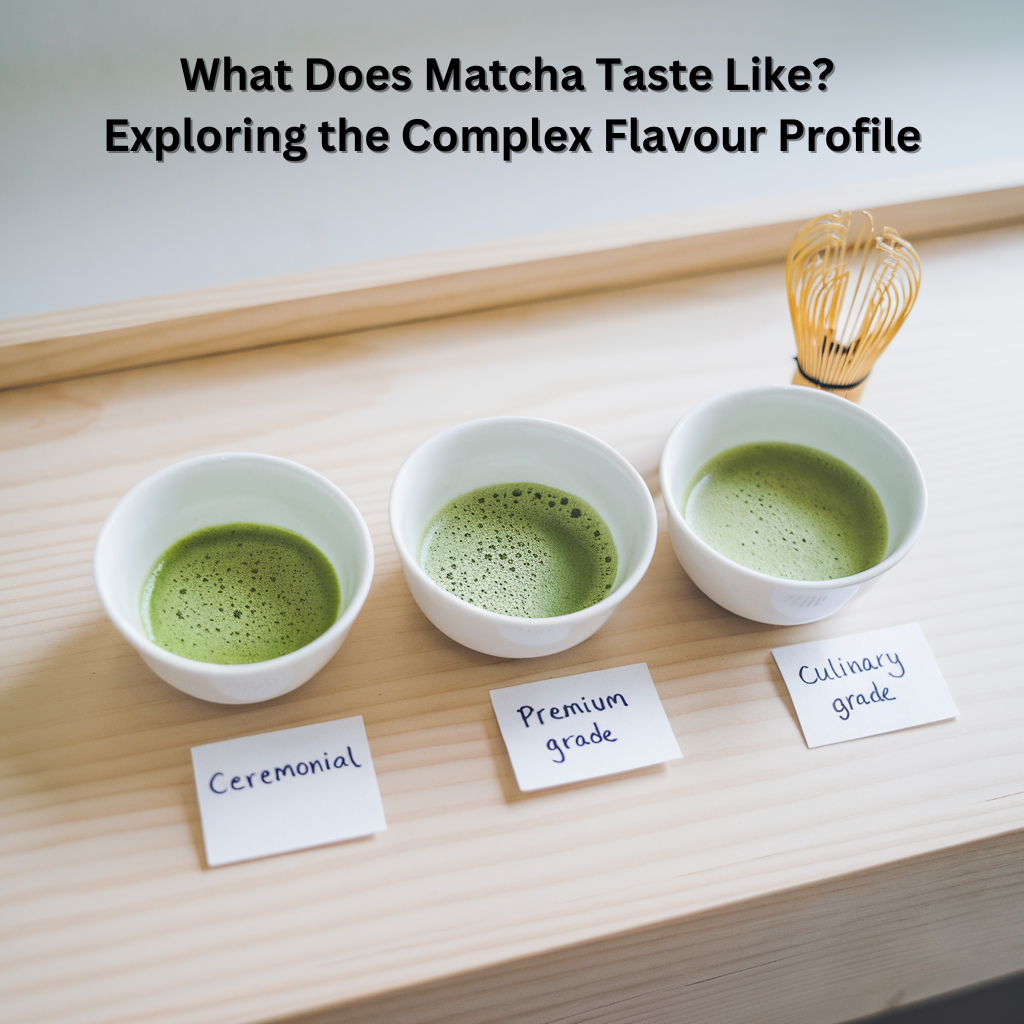
Curious about matcha but unsure what to expect from your first sip? The distinctive taste of matcha green tea has captivated tea enthusiasts worldwide, but its unique flavour profile can be difficult to describe to newcomers. Whether you're matcha-curious or looking to deepen your appreciation, understanding matcha's complex flavour spectrum will enhance your tea experience.
In this guide, we'll explore:
- What matcha truly tastes like
- How to identify quality based on flavour
- Why this ancient Japanese tea offers such a unique sensory experience.
The Core Flavour Profile of Matcha Tea
High-quality matcha has a complex flavour foundation that balances several taste elements. When people ask, "what does matcha green tea taste like?" the answer isn't straightforward.
At its essence, matcha delivers:
- Distinctive vegetal sweetness reminiscent of tender spring greens
- Rich umami character (the fifth taste, often described as savory)
- Pleasant bitterness that balances the sweetness
- A smooth, lingering finish with subtle astringency
According to a 2023 sensory analysis published in Heliyon, matcha contains over 300 flavour compounds, making it one of the most complex beverages in terms of taste profile. The study found that the amino acid L-theanine is primarily responsible for matcha's umami character and sweet aftertaste.
Understanding Umami in Matcha
The umami flavour in matcha deserves special attention, as it's often the most unfamiliar taste element for Western palates. This savory quality is created through the tea's unique cultivation process.
Matcha tea plants are shade-grown for 3-4 weeks before harvest, which:
- Increases chlorophyll content (creating the vibrant green color)
- Boosts L-theanine levels (developing the umami flavor)
- Reduces tannin content (minimizing astringency)
This umami character is what gives matcha its satisfying, broth-like quality that distinguishes it from regular green tea.
Factors That Influence Matcha Flavour
What does matcha taste like? The answer varies depending on several key factors:
Grade and Quality
The grade of matcha dramatically affects its flavor profile. Here's how ceremonial and culinary grades compare:
| Characteristic | Ceremonial Grade | Culinary Grade |
|---|---|---|
| Sweetness | High natural sweetness | Less sweet |
| Bitterness | Minimal, balanced | More pronounced |
| Umami | Complex, rich | Less developed |
| Aftertaste | Long, sweet finish | Shorter finish, more astringent |
| Color | Vibrant green | Duller green |
| Best for | Drinking straight | Cooking, baking, lattes |
Even casual tea drinkers can typically identify higher-grade matcha through flavour alone. The difference between grades is remarkably noticeable, making it important to select the appropriate grade for how you plan to use it. The flavour distinction is so clear that most people can tell the difference between ceremonial and culinary grade matcha with just a few sips, without any special training in tea tasting.
(Try the 30-Day Matcha Challenge and experience the potential life-changing benefits)

Harvest Season
First harvest matcha (ichibancha) delivers:
- Sweeter, more delicate flavor
- Higher amino acid content
- Brighter green color
- More complex aroma
Later harvests produce matcha with:
- Stronger bitter notes
- Less sweetness
- Deeper, more robust flavor profile
Preparation Method
The water temperature, amount of matcha used, and whisking technique all significantly impact the final flavour:
- Hotter water (above 175°F/80°C) extracts more bitter compounds
- Cooler water (160-170°F/70-75°C) preserves sweetness
- Proper whisking incorporates air, creating a smoother mouthfeel
Bitter vs. Sweet: Finding Your Matcha Preference
One of the most common questions about matcha flavour is regarding its bitterness. While all matcha contains some bitter notes, the bitter-to-sweet ratio varies dramatically between products.
Why Some Matcha Tastes Bitter
Bitterness in matcha comes primarily from:
- Catechins and tannins (natural compounds in tea)
- Lower-quality leaves or later harvests
- Improper preparation (water too hot, poor whisking)
- Oxidation from improper storage
Many first-time matcha drinkers are surprised by its bitter notes, often mentioning this as their primary complaint. This common reaction underscores why beginners should start with higher-quality matcha, which typically offers a more balanced flavor profile with less pronounced bitterness and more natural sweetness. Starting with premium matcha can create a much more pleasant introduction to this traditional Japanese tea.
How to Find Sweeter Matcha
If you prefer a less bitter experience:
- Choose ceremonial grade matcha
- Look for "spring harvest" or "first flush" on the label
- Prepare with water at 160-170°F (70-75°C)
- Whisk thoroughly to incorporate air
Matcha Flavor Compared to Other Teas
When describing what matcha tea tastes like, comparisons to other beverages can be helpful:
| Tea Type | Flavor Comparison to Matcha |
|---|---|
| Regular Green Tea | Matcha is more intense, with stronger umami and sweetness |
| Black Tea | Matcha lacks malty notes, offering vegetal flavors instead |
| Sencha | Similar vegetal notes but matcha has more umami and body |
| Gyokuro | Closest in flavor profile but matcha has more intensity due to consuming the leaves |
While regular steeped green tea might offer hints of matcha's flavor profile, the experience is fundamentally different because matcha involves consuming the entire leaf in powdered form.
How to Appreciate Matcha's Complex Flavour
Developing your matcha palate takes time and attention. Here's how to tune into matcha's subtle flavor notes:
- Smell the dry powder first, noting the fresh, grassy aroma
- After whisking, observe the color and texture
- Take a small sip and let it coat your entire palate
- Notice the flavor progression from initial vegetal notes to sweet aftertaste
We were introduced to an interesting process for appreciating the layers of matcha's complex flavour called the "three-sip method" for new matcha drinkers:
- First sip: Notice only the temperature and mouthfeel
- Second sip: Focus on the primary flavour notes
-
Third sip: Identify the sweetness and aftertaste
Common Questions About Matcha Flavour
Does matcha taste like green tea?
Matcha is technically a form of green tea, but its flavour is much more concentrated and complex. While regular green tea offers hints of vegetal notes and subtle sweetness, matcha delivers these flavors with significantly more intensity, plus the distinctive umami character that's often absent in regular steeped green tea.
Why does my matcha taste bitter?
Excessive bitterness usually indicates either lower-quality matcha, improper preparation, or both. Try using water at a lower temperature (160-170°F), whisking more thoroughly, and considering a higher grade matcha. Fresh matcha should have some bitterness, but it should be balanced by sweetness and umami.
How can I make matcha taste better?
If you find pure matcha challenging, try:
- Adding a small amount of honey or maple syrup
- Preparing it as a matcha latte with your preferred milk
- Starting with a smaller amount of matcha powder
- Serving it alongside a sweet treat to complement the flavour
(Check out our guide "How to Craft Matcha Latte Articles at Home")
Does matcha taste like grass?
High-quality matcha has vegetal notes reminiscent of tender spring greens, but should not taste like lawn clippings. If your matcha tastes aggressively "grassy," it may be lower quality or improperly prepared.
Developing Your Matcha Palate
Understanding what matcha tastes like is just the beginning of your journey with this remarkable tea. Like fine wine or craft coffee, matcha offers layers of flavor that reveal themselves to attentive drinkers over time.
Whether you're drawn to matcha's health benefits, cultural significance, or unique flavor profile, taking time to appreciate its complex taste will enhance your experience. Start with small amounts of high-quality matcha, experiment with different preparation methods, and pay attention to how the flavor evolves with each sip.
(This Complete Guide To Matcha Health Benefits covers what's important)
Ready to explore matcha's unique flavour world? Try our ceremonial grade matcha, harvested at peak season to deliver the perfect balance of sweetness, umami, and subtle bitterness.
References
-
Chen, Y., Xie, X., Wen, Z., Zuo, Y., Bai, Z., & Wu, Q. (2023). "Estimating the sensory-associated metabolites profiling of matcha based on PDO attributes as elucidated by NIRS and MS approaches." Heliyon, 9(11), e21920.
-
Baba Y., Kaneko T., Takihara T. "Matcha consumption maintains attentional function following a mild acute psychological stress without affecting a feeling of fatigue: a randomized placebo-controlled study in young adults." Nutr. Res. 2021 Apr;88:44–52. doi: 10.1016/j.nutres.2020.12.024.
-
Rezaeian F.M., Zimmermann B.F. "Simplified analysis of flavanols in matcha tea. Food Chem." 2022 Mar 30;373(Pt B) doi: 10.1016/j.foodchem.2021.131628.
-
Wu J., Ouyang Q., Park B., Kang R., Wang Z., Wang L., Chen Q. "Physicochemical indicators coupled with multivariate analysis for comprehensive evaluation of matcha sensory quality." Food Chem. 2022 Mar 1;371 doi: 10.1016/j.foodchem.2021.131100.

